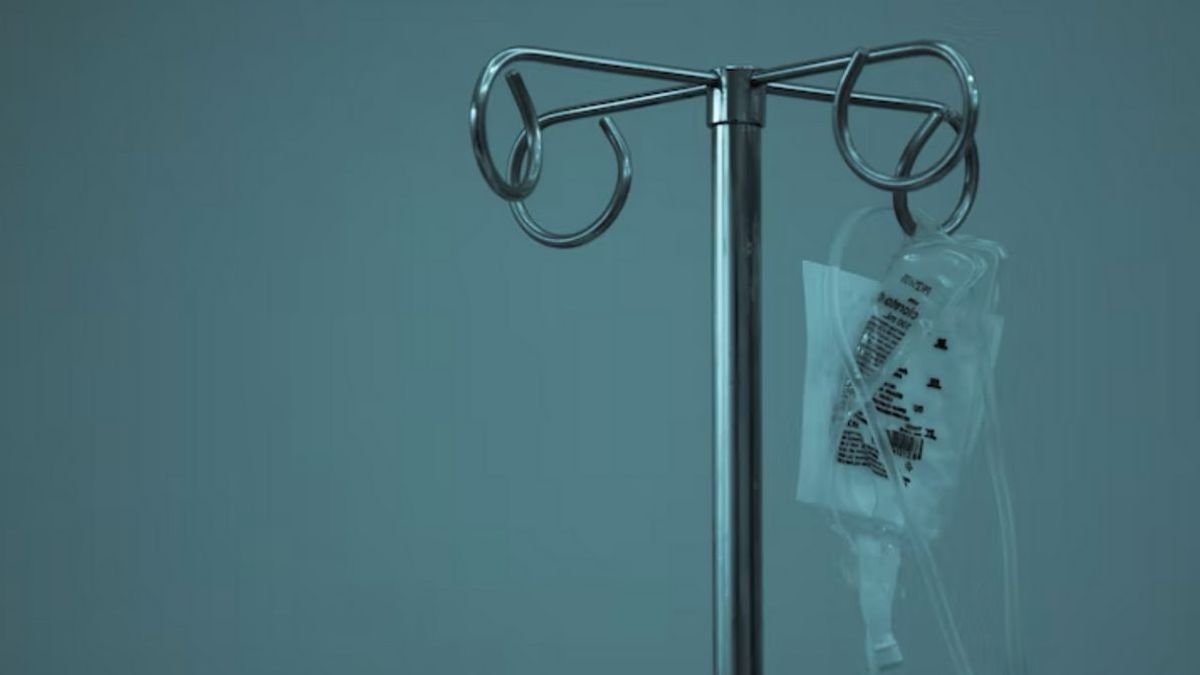JAKARTA - Minister of Health Budi Gunadi Sadikin stated that the implementation of Standard Inpatient Classes (KRIS) in a number of hospitals aims to provide better health services to the whole community.
"I see talking at the community level, not at the hospital level, not at the level of BPJS and the Ministry of Health, for the community it should be good," Budi said in a joint meeting with Commission IX of the DPR as reported by ANTARA, Monday, March 20. Budi said the services provided by KRIS to National Health Insurance (JKN) participants encourage hospitals to improve services, for example, the availability of a bathroom in the room for patients being treated at the hospital.
This effort is very important so that every patient gets comfortable when being treated, there is no need to look for an outdoor bathroom that does not comply with international standards. The provision of hospitals according to standards is also aimed at preventing patients from being crowded together, causing transmission of infection from a disease.
Budi assesses that the provision of an indoor bathroom also complies with the 12 criteria for KRIS facilities and infrastructure as stipulated in the Decree of the Director General of Health Services Number Hk.02.02/I/2995/2022 concerning Hospitals Organizing Trials for the Implementation of Inpatient Classes of the National Health Insurance Standard, which must be fulfilled by all hospitals.
For example, the building components used do not have a high degree of porosity, air ventilation meets normal air exchange in the treatment room with at least six air changes per hour, and artificial room lighting follows the standard criteria of 250 lux for lighting and 50 lux for sleeping lighting.
Other criteria are the completeness of the bed in the form of having two contact boxes and a nurse call on each bed, having a nightstand per bed, being able to maintain room temperature from 20 to 26 degrees Celsius and the room has been divided into gender, age, and type of disease (infection and non-infectious).
SEE ALSO:
In addition, the density of the inpatient room is a maximum of four beds, with a minimum distance between the edges of the beds of 1.5 meters, curtains/partitions with rails embedded in the ceiling or hanging, has a bathroom in the inpatient room, the bathroom is in accordance with accessibility standards and oxygen outlet.
“We have calculated the budget, the heaviest part is the bathroom inside and oxygen, because they have already filled the rest. The figure is already in the order of tens of millions per room," he said.
Minister of Health Budi said that there would definitely be several parties who would be affected if the service was improved. However, all for the sake of public health to be better. Moreover, not all hospitals have to improve their services.
Because, some of them already have a private bathroom. All that remains is to improve other facilities and infrastructure such as providing handles in the bathroom or changing showers so that patient safety at the hospital is maintained.
"There will definitely be complaints, these are not all rooms, only class III rooms, and not all hospitals either, because some hospitals may already have bathrooms in them," he said.
The English, Chinese, Japanese, Arabic, and French versions are automatically generated by the AI. So there may still be inaccuracies in translating, please always see Indonesian as our main language. (system supported by DigitalSiber.id)


















